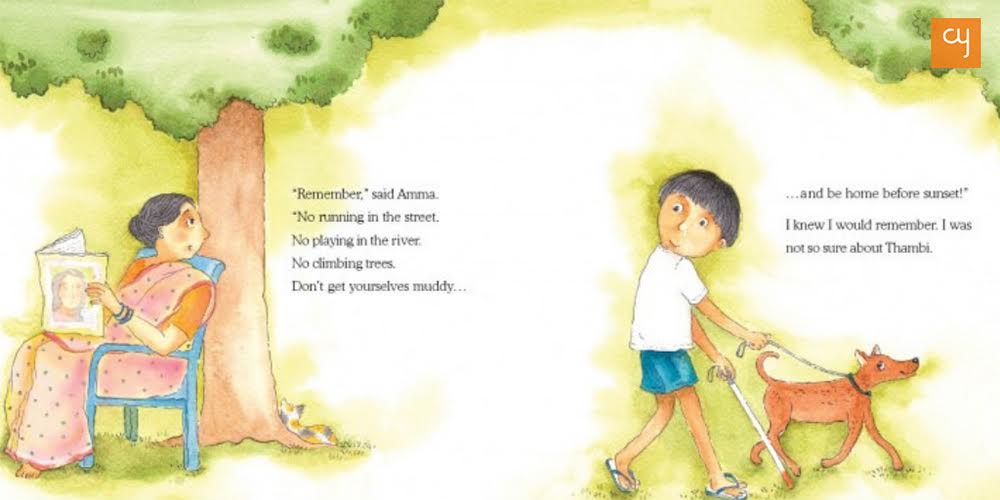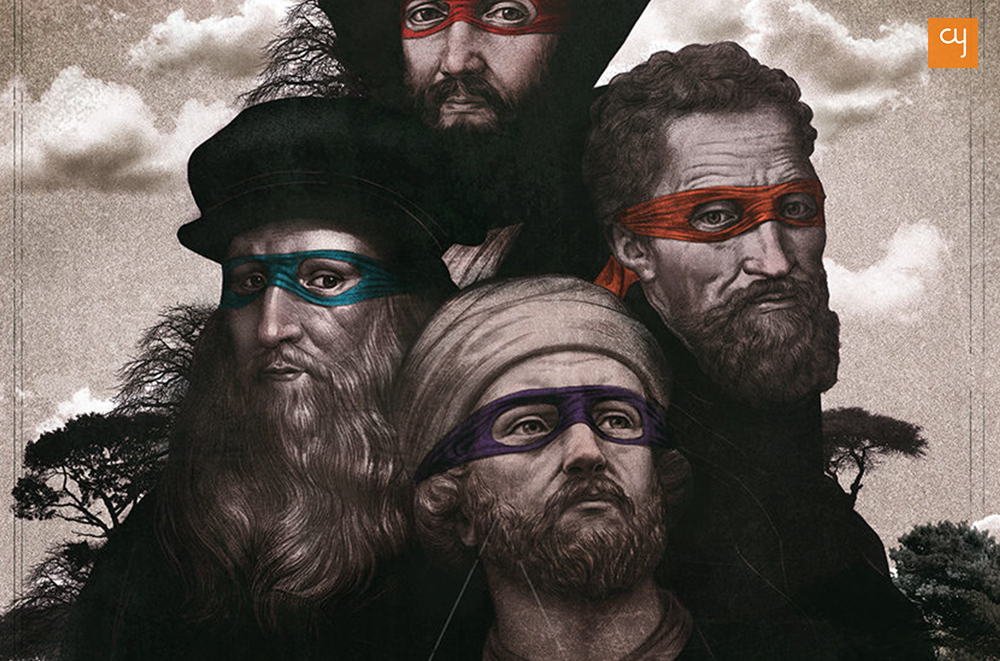Kashmir Files is poised to herald a Turning Point against Terrorism

It was about four years ago on February 05, 2018 that I attended the inaugural reception of an art show at Santa Clara University in California. As the show titled Beyond Borders: Stories of Im/migration focused on mass migrations was opened, the organizers began a panel discussion with five of the 20 participating artists and asked for audience responses and comments not only about the exhibits but also about the incidence of forced migrations.
While the statement of that show and the artists themselves made a mention of migrations from Latin American countries and then within or from Iraq, Syria, Lebanon to elsewhere, there was not even a passing reference to mass migrations from Kashmir to other parts of India or abroad in some cases during 1990 or thereabouts. As an Indian who lived in J & K during that period, I was prompted to speak about this issue and I didn’t fail to mention migration of both communities even as the triggers were different. This was obviously unheard of by the people present there.
That was nothing to be surprised about as we see today the reactions of even uninformed Indians about what happened in Jammu & Kashmir through late eighties and early nineties which is being recalled in the much talked about film by Vivek Agnihotri, The Kashmir Files.
Through the perspective that the film has been able to offer in retrospect, it’s acutely underscored the callous indifference of both the power centers of the time in Srinagar and Delhi as also the pressure groups of all shades, more specially of the vociferous champions of human rights who showed most brazenly in this case their selective amnesia about targeted communal violence in India. We have seen that indifference and approach yet again in Delhi in 2020 and in West Bengal in 2021.
The film made after much research at the behest of Kashmiri diaspora in US, moves back and forth between 19th January 1990 and 2016 to showcase the events and campaigns that happened at Srinagar and Delhi’s JNU. That date in January 1990 is observed by Kashmiri Pandits as a Black Day in the history of the state as it marked the beginning of the 7th Exodus and Genocide of the community from a geographical and cultural region that was nurtured by them as the most scholarly people over two millennia; thereby helping the evolution and growth of Indian civilization based on multi-domain knowledge, wisdom and philosophy of human living.

Though the events recounted in the film are absolutely true, these are played out through the filmographic mechanism of “the discovery of the truth” kept hidden from the young protagonist Krishna Pandit of the film (played convincingly by Darshan Kumar) whose mother and elder brother – then a growing adolescent – were brutally killed in the infamous Nandimarg massacre of 22 Pandit men and women and two children in a point blank shooting on heads. This gruesome kiling by homegrown terrorists happened after the Pandit family was made to return from a refugee camp in Jammu.
Krishna’s father was killed earlier on 19th Jan itself when the terrorists took over control of the valley following the resignation on January 18 of Farooq Abdullah who was the Chief Minister till then but found the situation too hot to handle and thus chose to abdicate his responsibility. That’s when the family of Pushkar Bhat having lost his son leaves but is made to return later in fond hope of survival in a clustered stay of Pandits in Nandimarg.
This hard reality of killings, as the film gives us to understand, is withheld from Krishna then only a kid on two counts. One, because the grandfather now his only guardian has the overriding impulse to save him from trauma; two because neither the academia, nor intellectuals nor media both in Kashmir and the rest of India ever highlighted the genocidal killings and exodus of Pandits as an humanitarian issue creating a kind of gap and vaccum of information for the younger generations.
On the contrary in what looks like an eager desire to balance narratives, the media, the films and to some extent the literature from the state has always focused on highlighting that a part of the Muslim community also suffered and some of them also migrated away from the valley.
This narrative is again being used in the present to counter-balance the film’s ‘revelations’ in a raw fashion. All those using or buying this narrative need to understand the stark difference of the reality in as much as the Pandits were hounded out by calls to leave; preceded or followed by killings of prominent members among them; and/or meting out rapes and sexual violence on their women or ‘asking them’ to leave behind women for the terrorists; whereas only the better off members of the Muslim community relocated temporarily to Jammu or Delhi where they had second or third homes to get away from the turmoil on their own choice. There was no hounding out for them as they were ‘us’ for the radicals as against ‘they the kafirs’.
Yes, some incidence of collateral damage among Muslim community has happened in the entire process of peace-keeping in the valley. But the question remains who radicalised the locals and why radicalization happened ab initio even when NC of Sheikh Abdullah ruled the state for a long time till 1990, even thereafter when the third generation of the family was eventually vested with power till about a few years ago?

The film powerfully depicts the building up and the peaking of the radical secessionist movement using anti-India sentiments at events like India-Pakistan cricket matches, including street cricket; vegetable vendor using Pakistani currency to profess his ideologues’ alignment; terrorists killing the air force officers in day light and full public view while cops deployed remain silent witnesses; Pandit women being denied to pick up their food grains from the ration/fair price shops; the atrocities perpetrated on the family of Pushkar Nath (played by Anupam Kher), the climax coming with the gruesome killing on a saw of Sharda Pandit, daughter-in-law of Pushkar Nath (played grippingly by newcomer NSD alumnus Bhasha Sumbli) followed on the same time by the killing of 24 other Pandits in the related sequence.
Other events of the time like news of the killing of Justice Ganjoo, open access of terrorist Bitta to the then CM, frustrating exchange between the DivCom of Kashmir with CM and PMO for discussing the worsening situation, the escape of Pandits ‘laden’ in trucks under worst conditions, hanging of innocent Pandits, etc are all made a part of the film at various stages.
To be fair, the film on the other side, itself advances the counter narrative based on the so called ‘oppression’ in Kashmir which for all its lame arguments, origins in jehadi Wahabism as unfinished agenda without provocation, its external mercenary rooting and linkages from across the border and even beyond, fails to stand on its legs for itself. The lobby of ‘academic and intellectual supporters’ of the radical secessionists of Kashmir mainly based in a Delhi based Central University is also given enough space and footage in the film.

But all of it seems to find no takers among the viewers, without the filmmaker becoming directly partisan. A certain Professor Menon effectively played by Pallavi Joshi symbolizes the entire lobby of Kashmiri separatists, even as Sharda Pandit also symbolizes the countless Kashmiri women who were brutalized; and on the same plane Pushkar Nath represents his ilk of seniors and adults who suffered the most among the three generations of affected migrants pictured in the film. The helpless establishment is portrayed through the four friends of Pushkar Nath who was himself a teacher and a theatre activist.
The climactic speech by Krishna ‘chastised and enlightened’ by the now retired friends of his grandfather about the reality of exodus after his visit to Kashmir, turns the tables on the academic lobby and students supportive of a Free Kashmir, so the film tends to say.

The visit of the protagonist Krishna to Kashmir is set in 2016 or thereabouts for the purpose of immersion of his grandfather’s ashes in his ancestral house in downtown Srinagar. The four friends of Pushkar Nath are supposed to be a past bureaucrat the Divisional Commissioner Brahm Dutt played by Mithun Chakravarti, DGP Hari Narain played by Punit Issar, electronic media man Vishnu Ram from DD played by Atul Srivastava and Doctor Mahesh Kumar played by Prakash Belavadi.

From all accounts that one hears, sees or reads on the media and in social circles, the film has been enthusiastically received for its capability to picturise an entire phase of brutalization, genocide and forced exodus in a kind of retrospective, all of which was deliberately underplayed by successive governments and the intelligentsia-literati of all kinds all this time.
Some critics from political arena or even intelligentsia have questioned the need of such a film after the lapse of thirty two years of the events. That a film or a commission could never be made or set up by any government to investigate the exodus over these three decades itself speaks of the need of such a film. It has been rightly recalled in this context that films about persecution of Jews by Hitler have continued to be made, Schindlers’ List having come many decades after the events.
Further, while the sense of history of such cynical critics itself becomes questionable, one may still answer that the need was borne out of the huge injustices meted out to a whole community not having received closure of any manner; even as one may also hasten to question the very mention of ‘closure’ for such gigantic persecution of the worst order around the turn of the second millennium of a civilized world. And it may also be recalled that such persecution has kept revisiting the Pandits since the 14th century, the last of which was during the rule of Aurangzeb.
Is the film polarizing communities? Well if people indulge in a tendency to deny harsh realities of the past and still want to brush the dust under the carpet in the name of polarization, they are again trying to deny a release of the pent up anger among the affected. Let us also recall that the extremists-terrorists who indulged in the crimes against Pandits and their own moderate brethren who tried even if meekly to resist the ethnic cleansing, have not been brought to book as yet. The law and order machinery could not prosecute them, till recently when some of them were booked lately for allied crimes.
So yes, the film ‘polarizes’ all sane citizens from all communities to stand upto the crimes against humanity, rise against religious fundamentalism and terrorism, particularly of the Wahabi variety, not be complicit with them and demand justice for all those who were killed or brutalized in any manner in that dark phase and secure rehabilitation for those who want to return to their homeland.
Even as we write this note for the closure of that darkest chapter of the nineties, the pertinent reality is that the darkness and shadow of obscurantism, fundamentalism and terrorist violence from Kashmir is still not gone in all. It lingers on in spite of the restructuring, reform and reorganization of the state into two UTs.
We must actually wish the film Kashmir Files brings in a turning point through realization of the collective guilt and a will to move forward with a new harmony not merely in Kashmir but throughout the country. The crew and cast of the film need to be complimented for creating an authentic masterwork based on factual history complete in its emotional appeal for the countrymen to see, remember and recall going forward. The film has very apt cinematography that only complements its sullen mood. Actors have all given their best including Chinmay Mandlekar who plays the kingpin of the terrorist lot. No songs obviously in the film which is a docudrama, but yes some poetry recited in the background enhances the pathos in all touching sequences.
Do go and see the film for the truth that it stands for but also to understand the barbaric side of the history of Kashmir in a quick time capsule so that none of it can be repeated anywhere in India or the world in future.
Yatra Archives

 How Tulika Books is creating impact in children’s lives through picture books
Nandini Varma
How Tulika Books is creating impact in children’s lives through picture books
Nandini Varma
Aug 21, 2019
A children’s book about a boy who feels like a girl. And about a child brought up by grandfathers. These are some of the stories published by Tulika Books, who have been making children’s picture books since 23 years. Little…
 Dalgona Coffee: A worldwide social media trend about home-made café experience
Harshil Shah
Dalgona Coffee: A worldwide social media trend about home-made café experience
Harshil Shah
Apr 2, 2020
While the lockdown has ignited various trends on social media, one that has received a major global following is #DalgonaCoffee. With thousands of posts on its name, here’s all you need to know about the Dalgona Coffee wave. I first…
 Leonardo, Michelangelo, Raphael and Donatello—Artists or Teenage Mutant Ninja Turtles characters?
Harshil Shah
Leonardo, Michelangelo, Raphael and Donatello—Artists or Teenage Mutant Ninja Turtles characters?
Harshil Shah
Nov 5, 2019
Did you ever wonder where the Teenage Mutant Ninja Turtles’ characters got their names from? Well, your search is complete. Here is a brief introduction of the artists from whom the creators of TMNT took inspiration. Teenage mutant ninja turtles,…
 The call of the mountains: orthopaedic Dr Yatin Desai’s advice on trekking
Himanshu Nainani
The call of the mountains: orthopaedic Dr Yatin Desai’s advice on trekking
Himanshu Nainani
May 24, 2019
In this piece 64 year old Dr Yatin Desai, shares with CY his inspiring story of how to scale towering mountains with utmost ease and how this life adventure activity can shape human character and health. Chances are high that…




